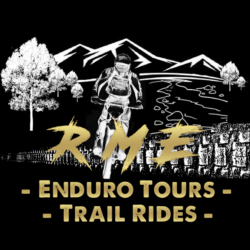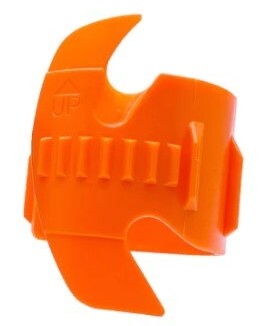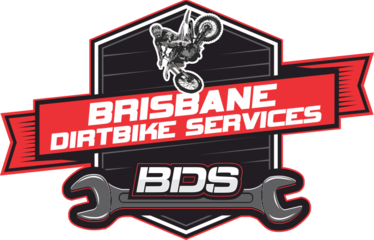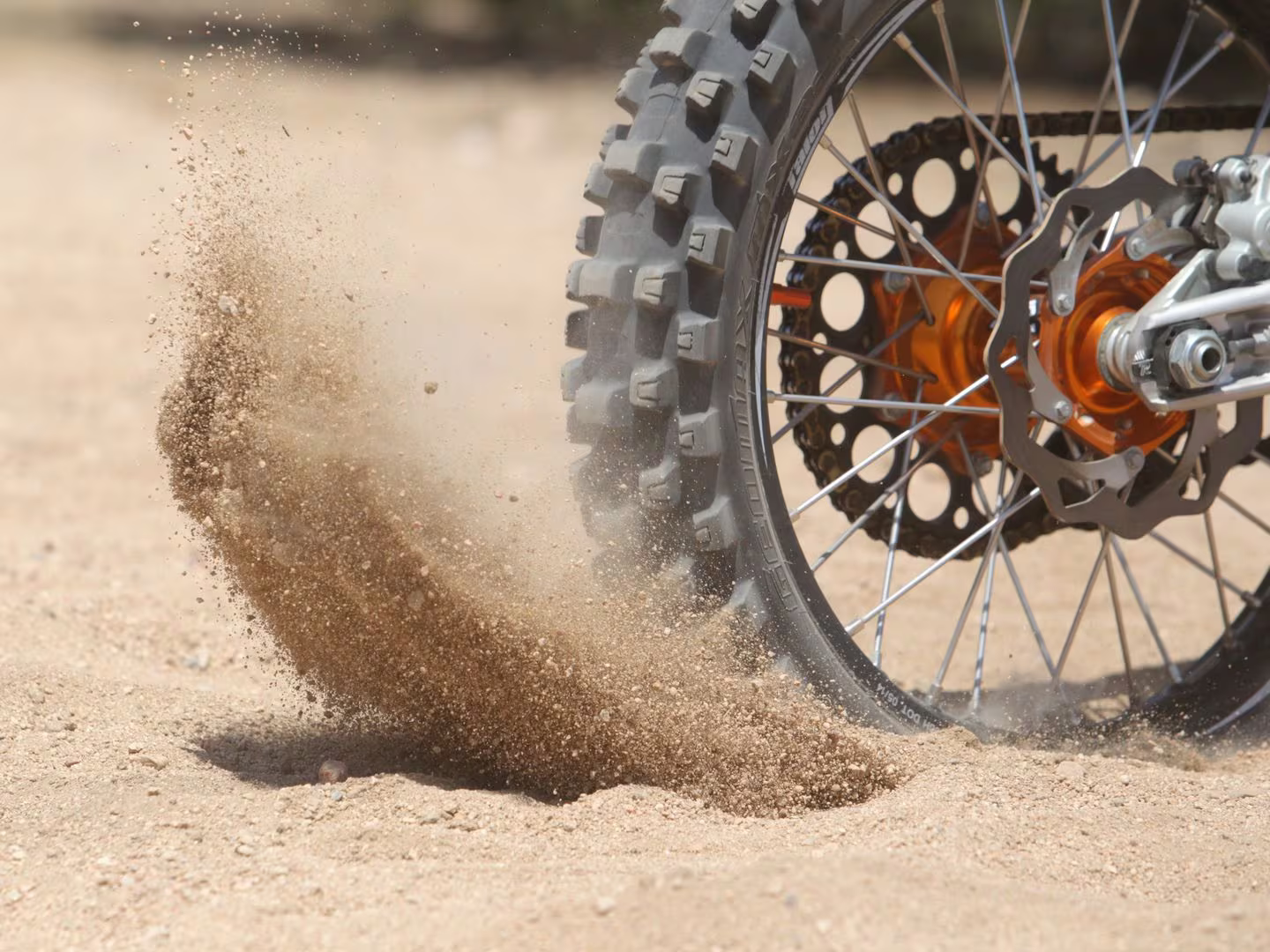Let’s talk Bike Prep
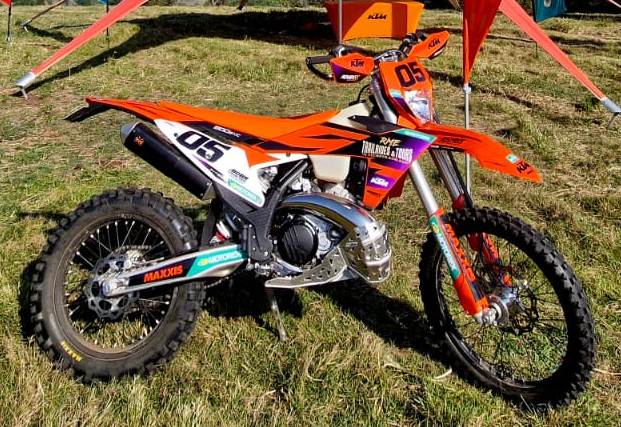
It doesn’t matter if your on a One-day Trail Ride or a Multi-day Enduro Tour – when a mechanical breakdown happens it’s still just as disappointing!
AND even worse – you’ve then got to put up with all your mates reminding you over the next few weeks of what a great ride you missed out on!
The differences between that “Ride to Remember” and the one you never want to be reminded about again!! … can be just about that one little thing that you forgot to check before leaving home.
Some break downs are just pure bad luck, but you can increase your “luck” considerably with some pre-ride preparation. The following should help guide you in preparing for your next ride.
The RME Trail Team have put together this guide, and shared some secrets to allow you all to continue to enjoy your Enduro style riding and get the maximum performance from your bike. The Team at RME has over 40 years of riding experience at all levels of our sport.
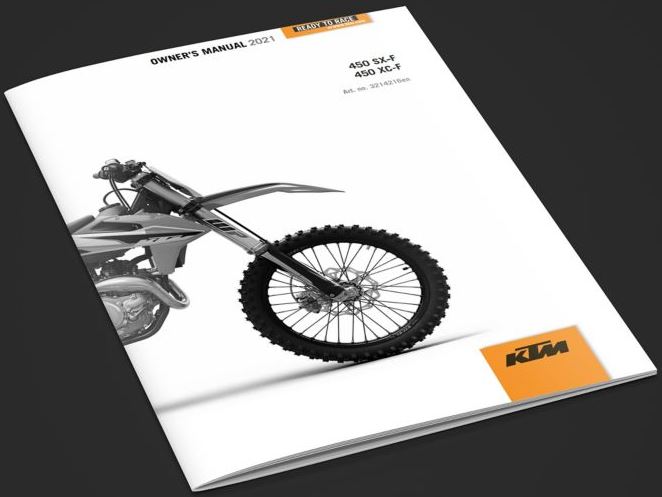
So where do you start?
If your bike is relatively new, you could start with a quick reference to your bikes Owner’s manual – here you should find a list of the manufacturers recommended service items as well as the suggested service intervals.
But this is very much a generalised guide and “one size does NOT fit all” when it comes to dirt bike maintenance! The Owner’s manual cannot possibly take into account all the individual factors that need to be considered, such as:
- What is the bike being used for? Enduro, Motocross or Dual sport? Just a slow putter around the bush, or a gold class Enduro Race.
- What environmental conditions is the bike being ridden in? Just mild conditions, or extreme heat and dust or boghole after boghole.
As a general rule the Owner’s manual is a good starting point but then adjust your service intervals according to how the bike is being used. We recommend you record all your service details in a log book – noting the date, hours and/or kms, and what service items you completed.
Let’s go through the basics first ….
Air Filter
Your air filter is your first line of defence in keeping dust and other contaminants out of your engine. We recommend you wash and re-oil your air filter before every ride.
Never wash your filter in petroleum products – this will damage the foam. Inspect the filter for any damage before re-oiling. When re-fitting the filter pay careful attention that it is correctly seated on the rim of the airbox. It is sometimes helpful to add some waterproof grease around the rim as well.
Only use high quality air filters and filter oils. RME uses and recommends Twin Air filters and Motorex filter oils.
Wheel bearings
Check your wheel bearings before riding and replace as required. We recommend replacing the seals as well, as their job is to keep water and dirt from getting to the bearings.
Riding with worn bearings will rapidly destroy the effectiveness of the seals, and increases the risk of a bearing collapse and subsequent hub damage. We recommend always keeping a spare set of wheel bearings and seals in your spares crate.
Spark Plug
If you’ve not changed your plug for a while then it’s best to replace it with a new one before heading out. And if you think your old plug is still good, just put that one in your tool bag as a spare.
Coolant
Only use high quality coolants that are recommended for your bike. Your coolant not only helps to keep your bike within it’s optimal operating temperature, it also has corrosion inhibitors and lubricants for your water pump.
Check your coolant level and top-up as required, Check your owners manual for the correct coolant level height – usually around 10mm above the inner core.
Your coolant quality can deteriorate over time – we recommend replacing the coolant annually, or more regularly if you are a frequent rider.
Engine Oil
Having fresh engine oil will lengthen the life of your engine considerably and is just as important as a clean air filter. Check your owners manual for oil change intervals. As a general rule, every 10-15hrs is normal, but more regular if you’ve had a hot or high revving ride. 4-strokes will also do an oil filter change at the same time.
Most bikes will have a sight glass or an oil level check screw to quickly check your oil levels.
Select an oil grade as recommended by your manufacturer. Synthetic oils designed to higher specifications will maintain their lubricating qualities for longer. RME uses and recommends Motorex Oils.
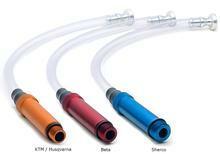
Tip: You can avoid having to remove your bashplate when draining your engine oil by using an Oil Drain Tool.
2-Stroke Oil
Modern 2-strokes have very tight tolerances and require a high quality lubricant to keep the cylinder, piston, conrod, crank and main bearings running smoothly.
This may sound silly but we’ve had riders rock up at our rides having forgot to add 2-stroke oil to their jerry can of fuel. A cheap bottle of 2-stroke from your local servo may get you out of trouble but is definitely not recommended for todays modern dirtbikes.
And of course, if you’re riding an oil injection bike, top-up your oil reservoir prior to riding. always choose the highest quality synthetic 2-stroke oil available – your bike will thank you!
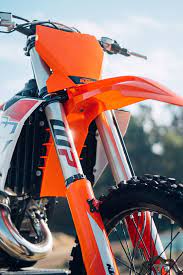
Fork Seals
Check your fork seals for leaks. If leaking this can usually be rectified using a Fork Seal Cleaning Tool. If you carry a seal wipe tool in your tool bag then you can quickly rectify a leaking fork seal, even while out on the trails. If your forks have been leaking for a while you may need to top-up the fork oil.
Also check and replace the dust seals if required. Dust seals can be popped out and thoroughly cleaned. Lube with a rubber friendly silicone spray and re-fit.
Tip: It is good practice to release the excess air from the forks prior to riding.
Chain & Sprockets
Your chain and sprockets are there to transfer the power of your engine to the rear wheel. They are under continual stress. The chain will stretch gradually over time and your sprockets will wear over time. A muddy ride will shorten the life of your chain and sprockets considerably.
Lube your chain before every ride. Use a high quality chain lube specifically designed for off-road application.
Inspect your sprockets for excessive wear and replace as required. Check your chain tension and adjust if required. Your bike’s user manual should contain the recommended settings. If your chain is loose on the rear sprocket it has probable stretched too much and should be replaced.
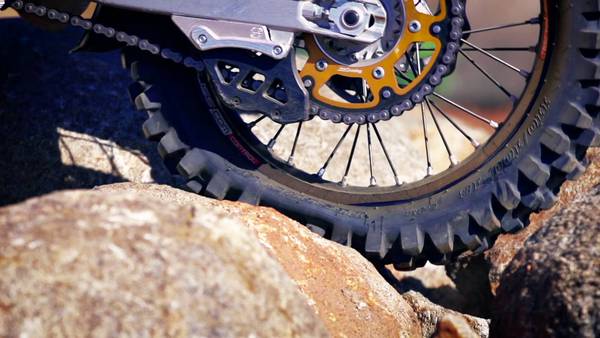
Tyres, Tubes & Pressures
You will always enjoy your ride so much more on a fresh set of rubber!
Tyre choice and set-up is such a big topic on it’s own, so we’ve written a separate article to cover that – more info on this link.
Rims & Spokes
Check your rims for cracks. Check for any loose or broken spokes and tighten/replace as required.
Brake Pads
Check you brake pads prior to riding and replace if worn. A half worn set of pads can go in your tool bag for that emergency on-trail repair.
Sintered metal brake pads are more durable for those muddy rides.
Brake (and Clutch) Fluid Level
Check your hydraulic brake and clutch fluid levels before riding.
Your Hydraulic fluid quality can deteriorate over time – we recommend replacing the coolant annually, or more regularly if you are a frequent rider. Check your owners manual for the recommended DOT rating for your hydraulic liquids.
Brake and Clutch Levers
Check your brake and clutch lever mountings for cracks and excessive wear. Repair or replace as required.
The RME Trail Team install full wrap around aluminum protectors (barkbusters) to save breaking levers in those instances when the bars hit the ground. They will also protect your knuckles from those trees that just jump out in front of you. Please note: Some riders have suggested that bark busters can increase your risk of wrist injury in the event of a crash.
We also add lever straps to our rear brake and gear lever. Adding a light cable strap between your frame and lever can help to stop sticks or a small sapling from getting behind your lever and breaking it.
And some more points to note …..
- Check over your bike for any loose or missing bolts, and tighten/replace as required.
Tip: Use Loctite on bolts where applicable. - Inspect your bike for any fuel or oil leaks. Rectify as required.
- Check the steering head bearings for any excessive play or binding. Replace or re-grease as required.
- For longer Rides or Tours we recommend wheel balancing. Balanced wheels will help to reduce your dirt bike vibrations and assist to reduce overall rider fatigue
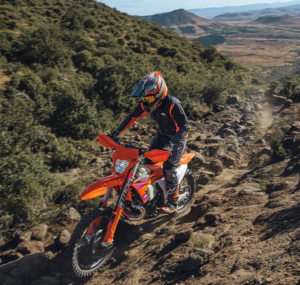
Conclusion
There is no guarantee that you won’t experience a mechanical breakdown while out riding, but just following a regular routine of maintenance and repair will help to minimise this.
We hope this guide helps to improve your enjoyment of enduro riding, Breakdowns and recovery out on the trails suck! Let’s do our best to avoid that happening 😉.
Still need some help? – We’ve got you covered.
If you’ve read all the above but are still not confident, or just need a little help, we recommend that you give Brisbane Dirtbike Services a call. The Team at BDS are all passionate about everything Dirtbikes. They ride all our Events and are experts at dirtbike setups.
The team at BDS has decades of experience and are always willing to discuss your personal requirements to get the most enjoyment from your dirtbike. If you need a service, a complete engine rebuild, suspension rebuild and set-up, or just a bit of advice, they can help.
W: brisbanedirtbikeservices.com
Fb: BrisbaneDirtbikeServices
Ig: brisbane_dirtbike_services
